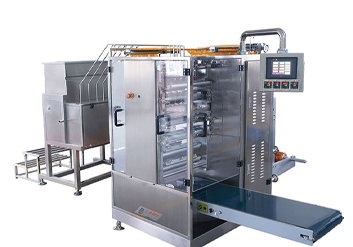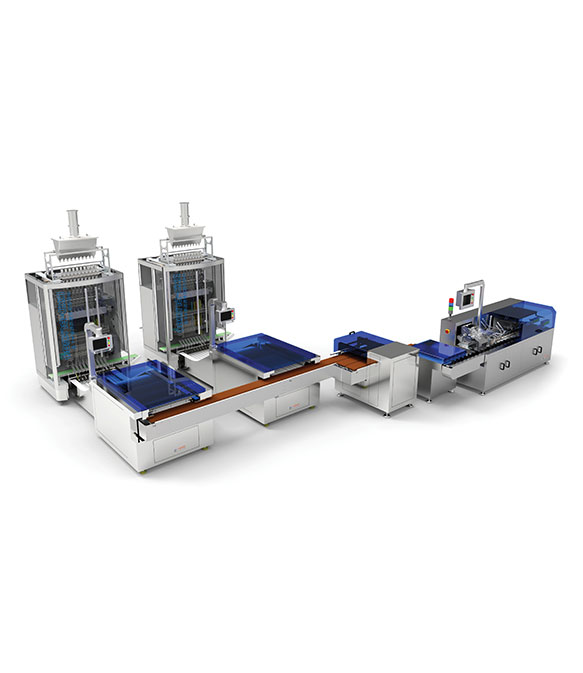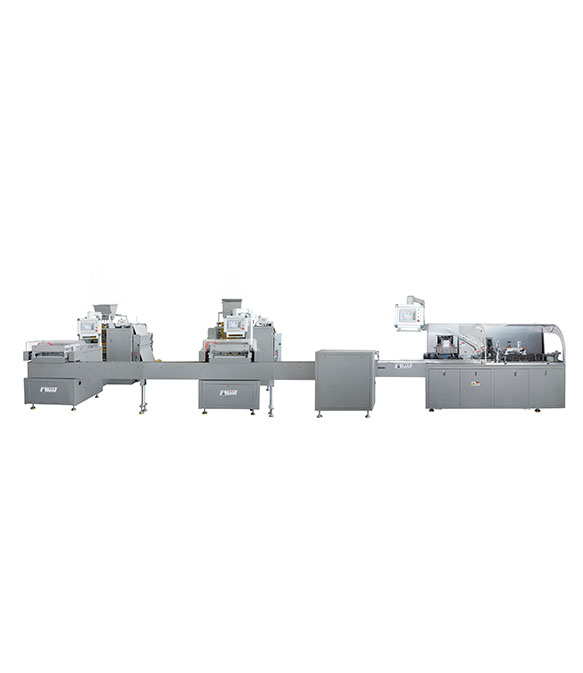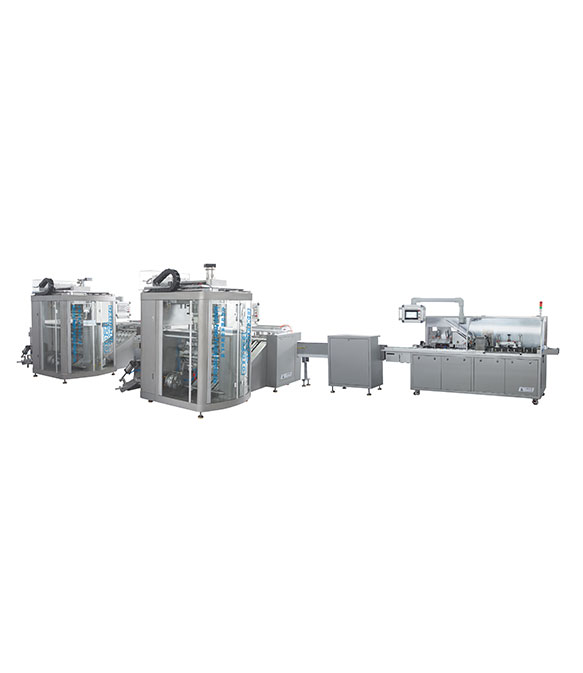Packaging materials have a long and storied history of development, which has been shaped by a multitude of factors including technological progress, cultural shifts, and environmental considerations.
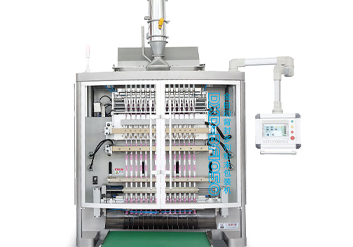
I. Ancient Packaging Materials
1. Natural Materials
In the earliest times, people relied on readily available natural substances. Leaves were commonly used to wrap food items, providing a simple yet effective means of keeping them clean and somewhat protected. For example, large leaves were used to bundle fruits or small portions of cooked food.
Animal skins were another crucial packaging material. They were durable and could hold liquids or dry goods. Hunters would use animal skins to carry water during their travels or to store grains and other provisions. The skins were often treated to make them more suitable for long-term use.
Gourds were also utilized. Their hollow interiors made them ideal for containing small items or liquids. People would hollow out gourds and use them to store seeds, herbs, or even as primitive drinking vessels.
2. Pottery
As civilizations advanced, pottery emerged as a significant packaging innovation. Pottery vessels could be crafted in various shapes and sizes to meet different packaging requirements.
Amphorae, for instance, were large, narrow-necked pottery containers used in the Mediterranean region. They were essential for transporting and storing wine and olive oil. The thick walls of pottery provided good insulation and protection against physical damage, allowing for the long-distance trade of these valuable commodities.
Smaller pottery jars and pots were used to store spices, grains, and other foodstuffs. The firing process made the pottery more durable and less porous, enhancing its ability to preserve the contents.
II. The Advent of Paper
With the development of writing and the need for more convenient ways to store and transport documents, paper was invented.
Over time, the papermaking process became more refined. The invention of the printing press further increased the demand for paper. In the modern era, paperboard has become a staple for packaging boxes. It is used to package a wide variety of consumer products, from electronics to food items. The ability to print on paperboard also makes it useful for branding and marketing purposes.
III. The Industrial Revolution and Metal Packaging
1. Tin and Iron Cans
The industrial revolution led to a significant shift in packaging materials with the introduction of metal cans. Tin and iron were used to create cans that could preserve food and beverages.
Canned fruits, vegetables, and meats became popular as they could be stored for long periods without spoiling. The airtight seal provided by the can prevented the growth of bacteria and the entry of moisture and pests. This allowed for the expansion of the food industry and the ability to supply food to distant markets.
Tinplate cans were particularly common for canned food, while iron cans were used for heavier-duty applications such as storing industrial chemicals and lubricants.
2. Aluminum
Later, aluminum was introduced as a packaging material. It had several advantages over tin and iron. Aluminum was lighter, which reduced transportation costs. It was also more corrosion-resistant, giving it a longer shelf life.
Aluminum cans became the preferred choice for packaging beverages such as soda and beer. The malleability of aluminum allowed for easy shaping and decoration. Aluminum foil was also developed and used for wrapping food, providing a barrier against air and moisture and helping to maintain the freshness of the contents.
IV. The Rise of Plastics
The 20th century saw the rapid growth of plastics as a packaging material. Plastics offered a wide range of properties that could be tailored to specific packaging needs.
Polyethylene was used for plastic bags and flexible packaging. It was inexpensive and could be produced in large quantities. Polypropylene was used for rigid containers and food packaging trays due to its strength and heat resistance. PVC was another commonly used plastic, known for its durability and versatility.
However, the environmental impact of plastics soon became a major concern. Plastics are not easily biodegradable and can persist in the environment for hundreds of years, causing pollution and harm to wildlife.
V. Sustainable Packaging Materials
In recent years, there has been a significant push towards sustainable packaging. Biodegradable plastics made from plant-based sources have been developed.
Corn starch-based plastics, for example, can break down more easily in the environment compared to traditional petroleum-based plastics. Cellulose-based plastics are also being explored, which have the potential to reduce the environmental footprint of packaging.
Recycled materials are also playing an increasingly important role. Recycled paper, plastic, and metal are being incorporated into new packaging products. This helps to conserve natural resources and reduce waste. For instance, recycled paper is used to make new cardboard boxes, and recycled plastic is used to create new bottles and containers.
Packaging materials have continuously evolved over time, and the future will likely bring further innovation. With the growing awareness of environmental issues, the focus will be on developing packaging materials that are both functional and sustainable, meeting the needs of modern consumers while protecting the planet.





